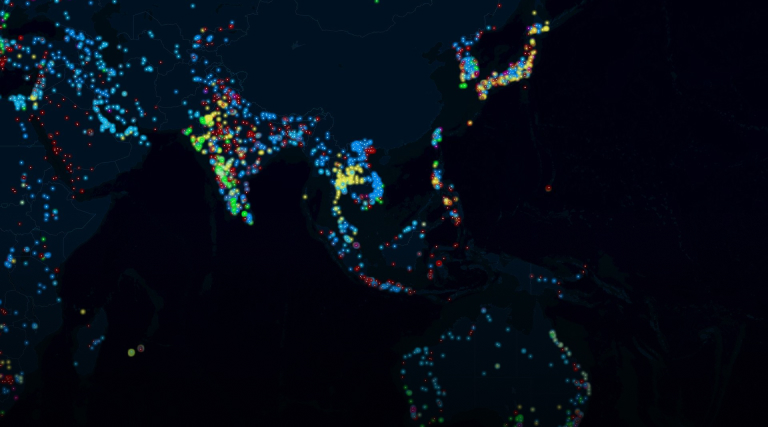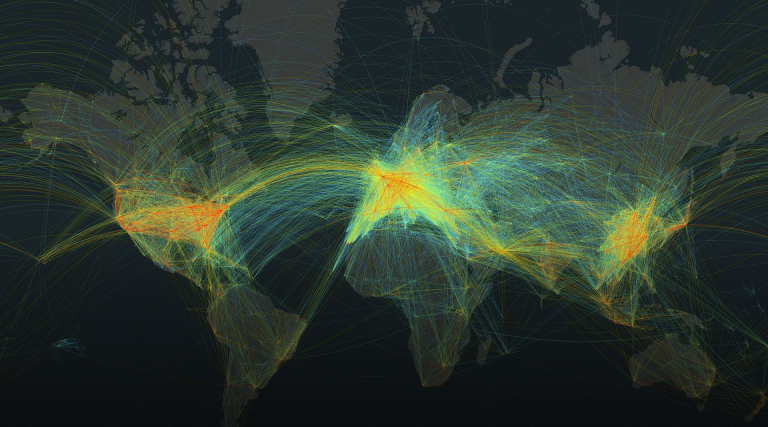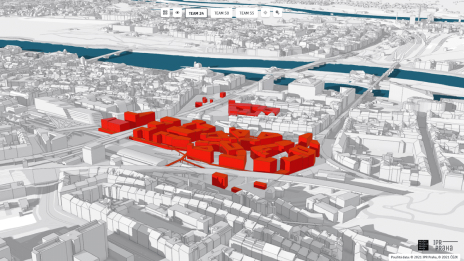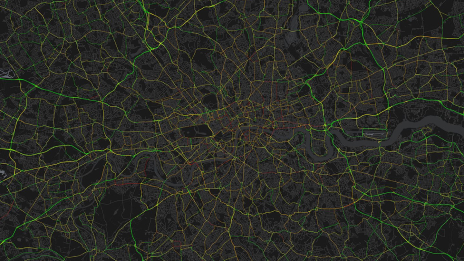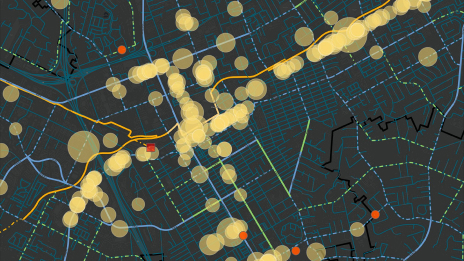This exclusive event from Crain’s New York Business Content Studio and Esri focused on achieving resilient infrastructure in the face of our changing climate.
Access the recording to hear from leaders at organizations using location technology to understand climate impacts, support crucial decisions and investments, and plan infrastructure with an emphasis on sustainability. Discover an actionable approach—backed by today’s best data and technology—for reducing climate risks, making critical systems equitable, and promoting a proactive climate strategy in New York.




